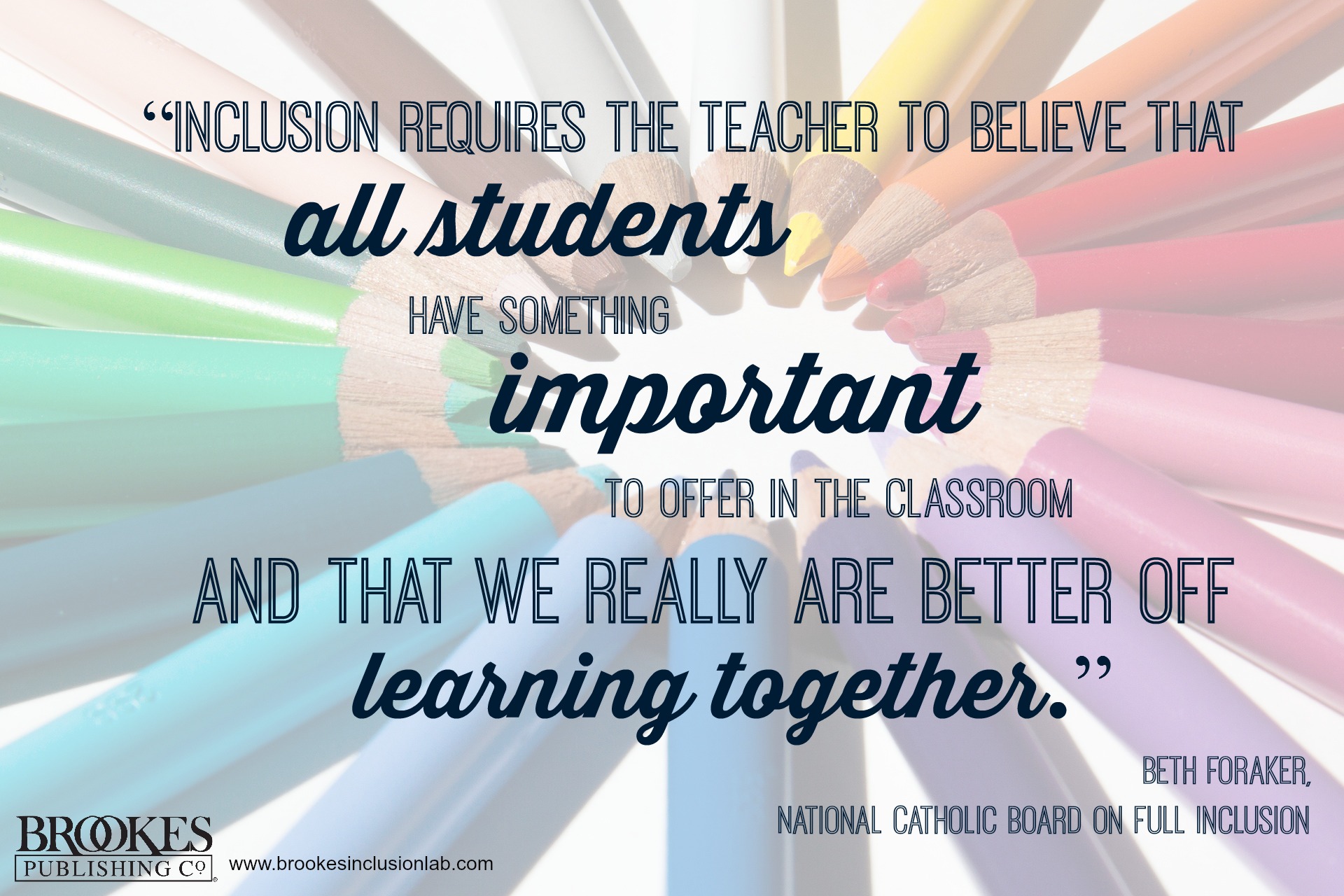In the article Becoming Dishuman: thinking about the human through dis/ability by Daniel Goodley and Katherine Runswick-Cole, they say that when we talk of someone with a disability or disabilities means that we are saying that they are less than what they are. When we use the term disability, we are saying that a person that is viewed less then as they would be if they were ‘able’. Intellectual disability is always profound because it enlarges, disrupts, pauses, questions and clarifies what it means to be human. Intellectual disability disrespects the human but it also desires the human. When we speak of intellectual disabilities, we are thankful that disability is also merged with humanness. In the paper Goodley and Runswick-Cole describe that “dis/human means that we recognize the norm, the pragmatic and political value of claiming the norm, but we always seek to trouble the norm” (Goodley and Runswick-Cole). When I googled the definition of a disability, this is what came up, “A disability is any condition that makes it more difficult for a person to do certain activities or interact with the world around them. These conditions or impairments may be cognitive, developmental, intellectual, mental, physical, sensory, or a combination of multiple factors”.
A lot of people’s understanding when they hear the term “disability” is “handicapped”, “cripple”, or “special needs”. This is very sad and unfortunate to see. But the dis/ability makes us look into it more and look at the ideas that we have always taken for granted. The dis/ability challenges the ideas about what is the norms of humans and their ability. “Disability” is a negative word, in the paper, Goodley and Runswick-Cole wants us to trouble all of the other ideas that sound negative. As a society, most people than not, view disabled people different then human. They view them as opposites. Disabled people are still humans, everyone has their own qualities. Every single person is special in their own ways.
In the article Stolen Bodies, Reclaimed Bodies: Disability and Queerness by Eli Clare, One thing that really stuck out in the article was that Jerry Lewis raises money and is used to find a ‘cure’. The money that he raises does not fund wheelchairs, ramps, lift bars, or lawyers to file disability discrimination lawsuits, but it does indeed fund research for a cure, a repair of bodies seen as broken, and for an end to disability. In the article, “Disability, not defined by our bodies, but rather by the material and social conditions of ableism; not by the need to use a wheelchair, but rather by the stairs that have no accompanying ramp or elevator” (Clare). We do not need a ‘cure’ to fix our bodies that are different. Each body is different than each other’s and that is okay. This is what makes our identity and our makes us each our own special people. I believe that in our society, we need to make everything accessible for all people, with dis/abilities or not. As a society we also need to work to trouble our views on different bodies and what are considered to be normal. In both of the articles I read, they both show that it is able people’s minds that needs to be troubled.

